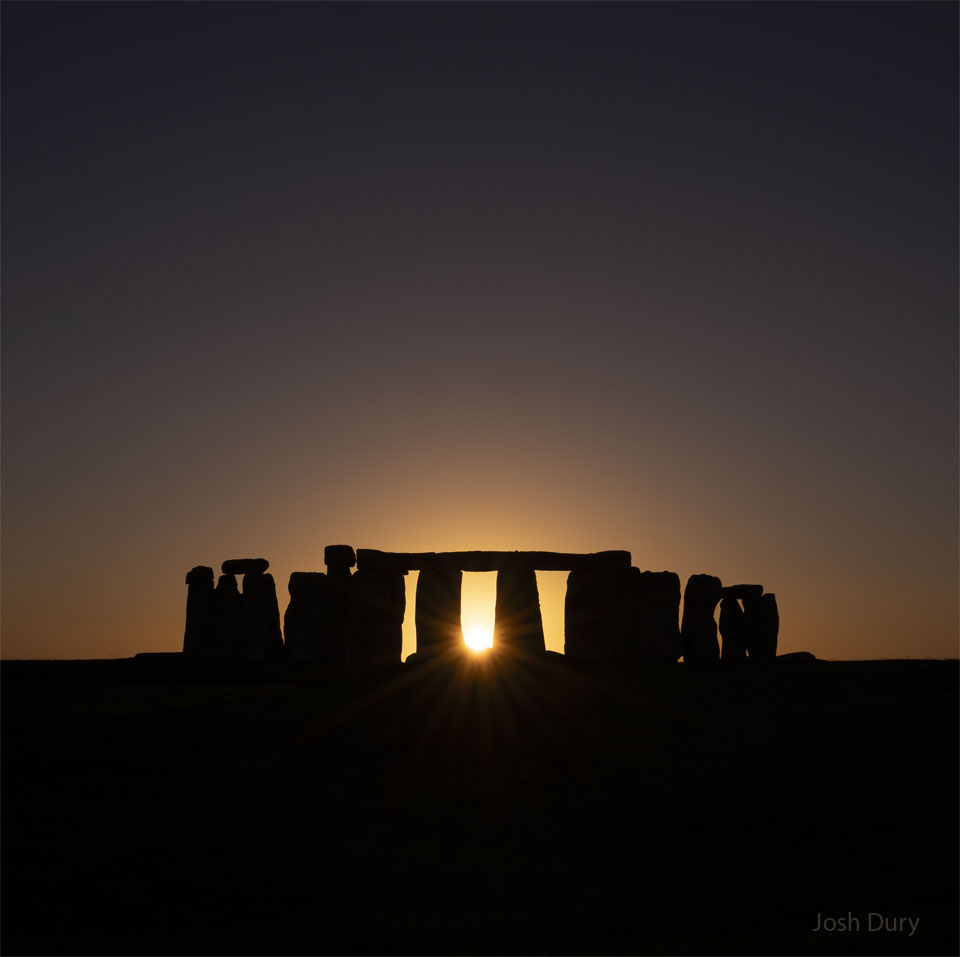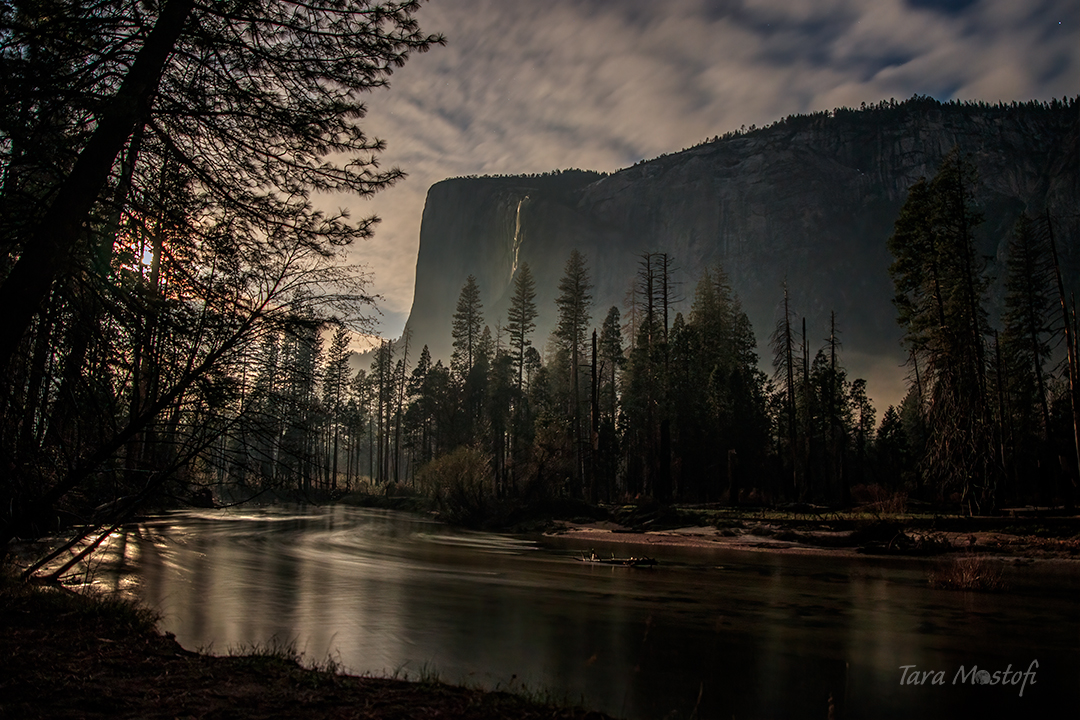Nombre total de pages vues
12/05/2022
11/05/2022
ASTRONOMY - Gravity's Grin
2022 May 11
Image Credit: X-ray - NASA / CXC / J. Irwin et al. ; Optical - NASA/STScI
Explanation: Albert Einstein's general theory of relativity, published over 100 years ago, predicted the phenomenon of gravitational lensing. And that's what gives these distant galaxies such a whimsical appearance, seen through the looking glass of X-ray and optical image data from the Chandra and Hubble space telescopes. Nicknamed the Cheshire Cat galaxy group, the group's two large elliptical galaxies are suggestively framed by arcs. The arcs are optical images of distant background galaxies lensed by the foreground group's total distribution of gravitational mass. Of course, that gravitational mass is dominated by dark matter. The two large elliptical "eye" galaxies represent the brightest members of their own galaxy groups which are merging. Their relative collisional speed of nearly 1,350 kilometers/second heats gas to millions of degrees producing the X-ray glow shown in purple hues. Curiouser about galaxy group mergers? The Cheshire Cat group grins in the constellation Ursa Major, some 4.6 billion light-years away.
10/05/2022
ASTRONOMY - Firefall by Moonlight
2022 May 10
Image Credit & Copyright: Tara Mostofi
Explanation: On certain dates in February, an elusive firefall can be spotted at sunset in Yosemite National Park, when water flows, the weather cooperates and the direction to the setting Sun is just right. Often photographed from vantage points below, at the right moment the park's seasonal Horsetail Fall is isolated in the shadows of the steep walls of El Capitan. Then, still illuminated with rays of reddened sunlight the waterfall briefly takes on a dramatic, fiery appearance. But a Horsetail firefall can be photographed by moonlight too. Even more elusive by moonlight, the firefall effect can also be seen when a bright Moon sets at the right direction along the western horizon. And skies were clear enough for this well-planned imaging of an ephemeral Horsetail firefall, lit by a bright gibbous Moon setting in the early morning hours of April 15.
09/05/2022
ASTRONOMY - A Martian Eclipse: Phobos Crosses the Sun
2022 May 9
Video Credit: NASA, JPL-Caltech, ASU MSSS, SSI
Explanation: What's that passing in front of the Sun? It looks like a moon, but it can't be Earth's Moon, because it isn't round. It's the Martian moon Phobos. The featured video was taken from the surface of Mars a month ago by the Perseverance rover. Phobos, at 11.5 kilometers across, is 150 times smaller than Luna (our moon) in diameter, but also 50 times closer to its parent planet. In fact, Phobos is so close to Mars that it is expected to break up and crash into Mars within the next 50 million years. In the near term, the low orbit of Phobos results in more rapid solar eclipses than seen from Earth. The featured video is shown in real time -- the transit really took about 40 seconds,as shown. The videographer -- the robotic rover Perseverance (Percy) -- continues to explore Jezero Crater on Mars, searching not only for clues to the watery history of the now dry world, but evidence of ancient microbial life.
06/05/2022
ASTRONOMY - NGC 3572 and the Southern Tadpoles
2022 May 6
Image Credit & Copyright: Carlos Taylor
Explanation: This cosmic skyscape features glowing gas and dark dust clouds along side the young stars of NGC 3572. A beautiful emission nebula and star cluster it sails far southern skies within the nautical constellation Carina. Stars from NGC 3572 are toward top center in the telescopic frame that would measure about 100 light-years across at the cluster's estimated distance of 9,000 light-years. The visible interstellar gas and dust is part of the star cluster's natal molecular cloud. Dense streamers of material within the nebula, eroded by stellar winds and radiation, clearly trail away from the energetic young stars. They are likely sites of ongoing star formation with shapes reminiscent of the Tadpoles of IC 410 better known to northern skygazers. In the coming tens to hundreds of millions of years, gas and stars in the cluster will be dispersed though, by gravitational tides and by violent supernova explosions that end the short lives of the massive cluster stars.
05/05/2022
ASTRONOMY - NGC 3521: Galaxy in a Bubble
2022 May 5
Image Credit & Copyright: Mark Hanson and Mike Selby
Explanation: Gorgeous spiral galaxy NGC 3521 is a mere 35 million light-years away, toward the northern springtime constellation Leo. Relatively bright in planet Earth's sky, NGC 3521 is easily visible in small telescopes but often overlooked by amateur imagers in favor of other Leo spiral galaxies, like M66 and M65. It's hard to overlook in this colorful cosmic portrait though. Spanning some 50,000 light-years the galaxy sports characteristic patchy, irregular spiral arms laced with dust, pink star forming regions, and clusters of young, blue stars. This deep image also finds NGC 3521 embedded in fainter, gigantic, bubble-like shells. The shells are likely tidal debris, streams of stars torn from satellite galaxies that have undergone mergers with NGC 3521 in the distant past.
04/05/2022
ASTRONOMY - Planets Over Egyptian Pyramid
2022 May 4
Image Credit & Copyright: Osama Fatehi
Explanation: The early morning planet parade continues. Visible the world over, the planets Jupiter, Venus, Mars and Saturn have been lining up in the pre-dawn sky since mid-April. In the featured image taken last month, these planets were captured over the Step Pyramid of Djoser, a UNESCO World Heritage Site. Located in the Saqqara necropolis of Egypt, the pyramid was constructed in the 27th century BC and is one of the oldest pyramids known. The two-image composite includes a foreground image taken during evening blue hour, and a background image captured from the same location the following morning. The morning planet line-up is slowly changing. At the end of last month, planets Jupiter and Venus switched places, while at the end of this month, Jupiter and Mars will switch after passing within one-degree of each other. Of course, this picturesque planetary angular alignment is a coincidence, as all of these worlds continue to orbit the Sun as they have for billions of years, well before even the ancient Pyramid of Djoser was built.
03/05/2022
ASTRONOMY - Mercury's Sodium Tail
2022 May 3
Image Credit & Copyright: Sebastian Voltmer
Explanation: That's no comet. Below the Pleiades star cluster is actually a planet: Mercury. Long exposures of our Solar System's innermost planet may reveal something unexpected: a tail. Mercury's thin atmosphere contains small amounts of sodium that glow when excited by light from the Sun. Sunlight also liberates these molecules from Mercury's surface and pushes them away. The yellow glow from sodium, in particular, is relatively bright. Pictured, Mercury and its sodium tail are visible in a deep image taken last week from La Palma, Spain through a filter that primarily transmits yellow light emitted by sodium. First predicted in the 1980s, Mercury's tail was first discovered in 2001. Many tail details were revealed in multiple observations by NASA's robotic MESSENGER spacecraft that orbited Mercury between 2011 and 2015. Tails, of course, are usually associated with comets.
02/05/2022
ASTRONOMY - Partial Solar Eclipse over Argentina
2022 May 2
Image Credit & Copyright: Aixa Andrada
Explanation: What's happened to the Sun? Two days ago, parts of South America were treated to a partial solar eclipse -- where the Moon blocked out part of the Sun. The featured image shows an image of the partially eclipsed Sun through clouds as it was setting over Patagonia, Argentina. In the tilted image, Earth is toward the right. During the eclipse, the Moon moved partly between Earth and the Sun. Although a visually impressive sight, the slight dimming of surroundings during this partial eclipse was less noticeable than dimming created by a thick cloud. In about two weeks, all of South America and part of North America will experience a total lunar eclipse -- where the Earth moves completely between the Moon and the Sun. In about two years, a total solar eclipse will cross North America.
ASTRONOMY - Sunset Solstice over Stonehenge
2025 December 22 Sunset Solstice over Stonehenge Image Credit & Copyright: English Heritage , Josh Dury Explanation: Yesterday the Su...

-
2022 September 26 All the Water on Planet Earth Illustration Credit: Jack Cook, Adam Nieman, Woods Hole Oceanographic Institution ; Data ...
-
2025 May 11 The Surface of Venus from Venera 14 Image Credit: Soviet Planetary Exploration Program , Venera 14 ; Processing & Copyri...








